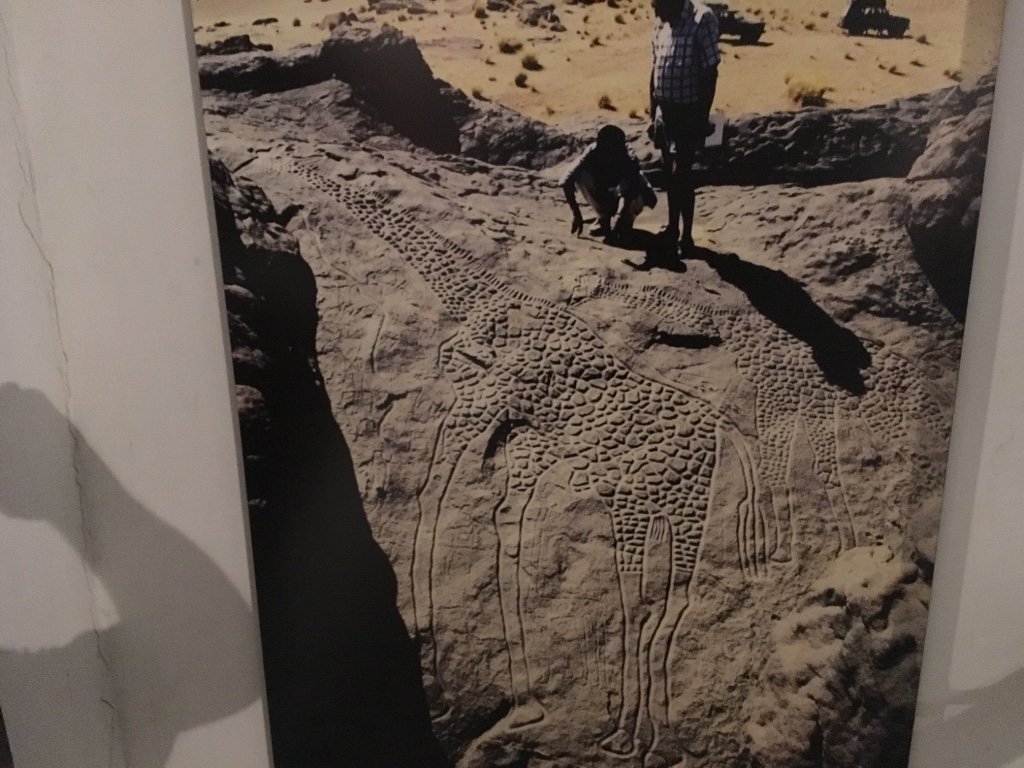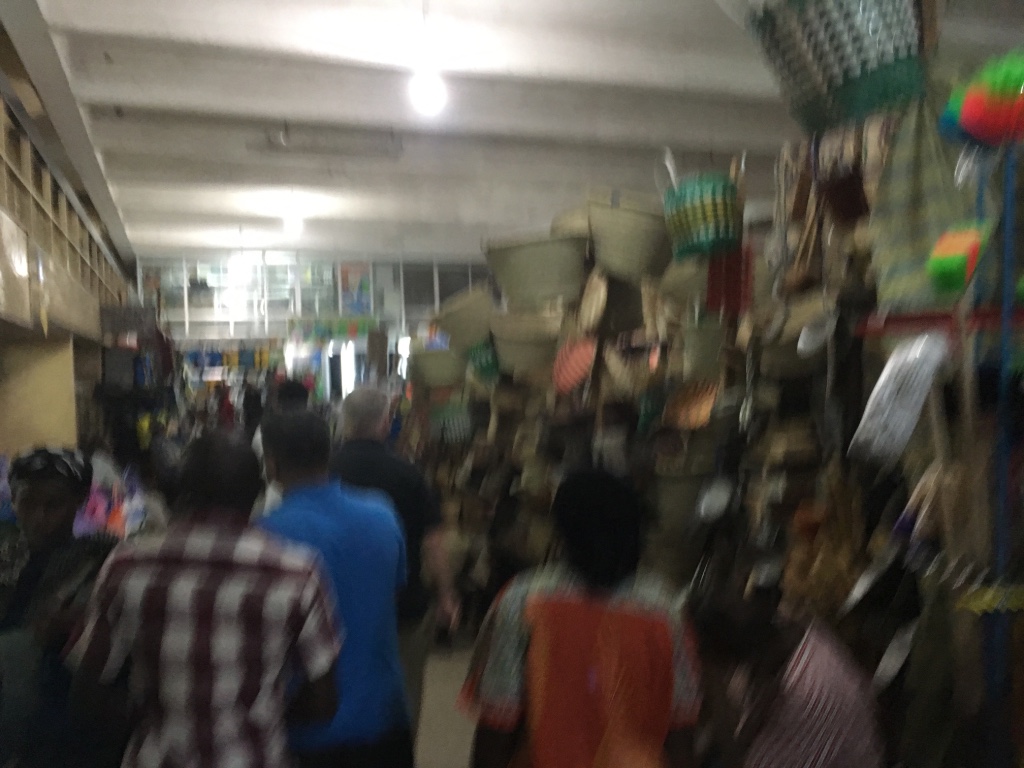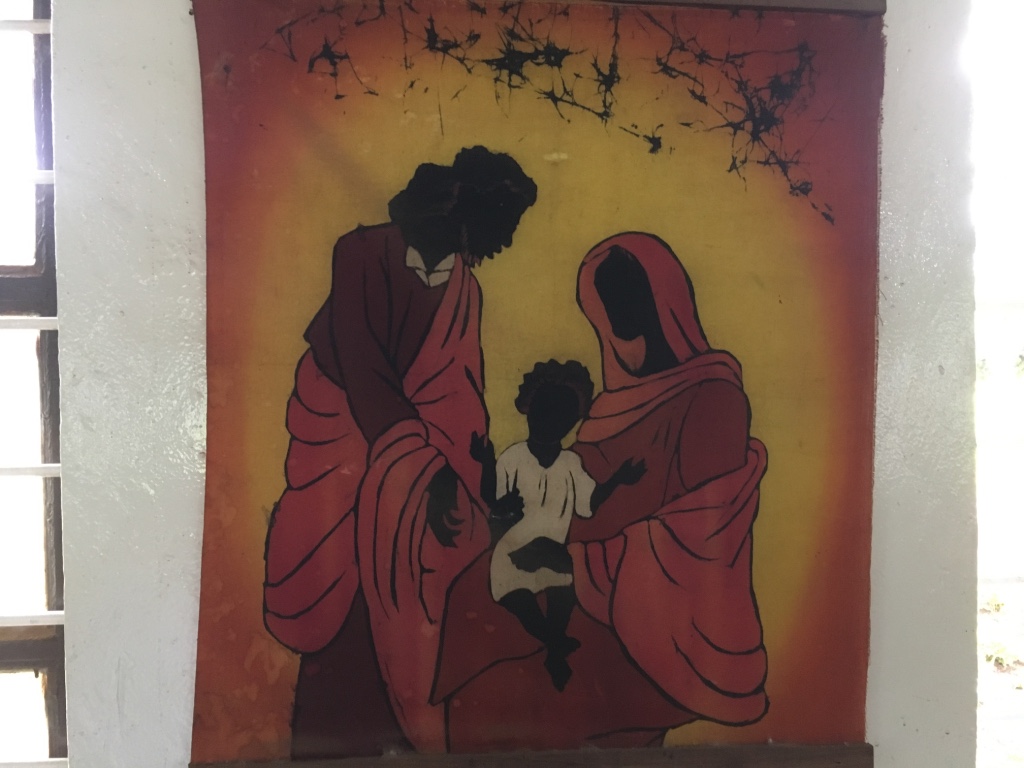Allyson Hope Wooten (nee Atwood)
March 8, 1983 – June 13, 2021
Written by her father
Allyson Wooten was born on March 8, 1983 at Hoots Memorial Hospital in Yadkinville, NC. Her parents were Celia Colvard Powers (formerly Atwood) of Fortville, Indiana and Craig Atwood of Winston-Salem, North Carolina. Craig and Celia had been married just over a year when Allyson was born. She was baptized at Hope Moravian Church as an infant. Allyson was a happy, energetic baby that loved to laugh. As she grew up, she loved to introduce herself to new people, and sometimes shouted “hey” to people walking past her window. Her father read her stories every night before bed, and sometimes she tried to keep herself awake just to hear the end of the story. She loved Winnie the Pooh stories, and Eyeore remained a favorite character her whole life. She had many aunts, uncles, and cousins that doted on her so that she never lacked for love and attention. Her cousins Jodie and Nicole liked to dress her up like she was a doll when they played Little House on the Prairie. Her grandmother kept old clothing so Allyson could dress up like a princess or a school teacher. For many years, Halloween was a favorite time because she loved creating new costumes, but she didn’t like to be scared. Once when she was an adult, her she was persuaded to go on a Halloween trail and her sister Emily promised she would go first and shield her from the monsters, but Emily was the one who screamed when a monster jumped out, which made Allyson laugh.
When Allyson was just a year old, the family moved to Bethlehem, PA so her father could attend Moravian Theological Seminary. She often ran through the halls of Bahnson Center and played on the campus of Moravian College. The Dean of the Seminary, Bill Matz, would get down on the floor to talk to Allyson. One time her parents insisted that she could not eat desert until she had eaten “something green” for dinner. They were surprised when she managed to climb up a chair to the freezer and take down green mint chocolate chip ice cream as “something green” to eat. Allyson often had to spend all day at church while her father was doing his field education, and she liked to play act being a minister. Once she said that when she grew up she wanted to be a “preacher, a teacher, a doctor, a mommy, and a magician.” It certainly seemed like magic the way she could disappear when her parents weren’t looking!
Allyson was four years old when Emily was born, and she was a very protective older sister. She often told Emily that she was Allyson’s favorite person, and Emily became like a second mother to Jake and Zoe. They had a life-long bond even though they were so different in many ways. Allyson was so proud when she learned to ride her bike, and when Emily was old enough they would ride together. They also like roller blading and building “cities” our of empty boxes. Sometimes mom had to take the girls to work with her, and they would sometimes get a little too rambunctious running or pushing each other in desk chairs. Lots of giggling. Mom would tell them “Girls. This is a place of business!” After a while it became a bit of a joke to remind each other “This is a place of business.” During her cancer treatments, Emily would push her in the wheelchair and joke that she was going to race with her like the old days.
Allyson always loved to make elaborate stories using her Barbies and stuffed animals. She loved Disney movies and Disney toys and Disney World. She was especially fond of Mallificient in Sleeping Beauty because she was a strong and independent woman. Allyson delighted in books and learning her whole life. When she was young she loved Clifford the Big Red Dog and suggested that her parents name her baby sister Emily Elizabeth after the main character. Allyson was also very fond of Wrinkle in Time by Madeleine L’Engel, identifying with the intelligent and courageous young heroine. She loved the movie Labyrinth so much that she and Alan danced to music from the movie at their wedding. She could also quote extensively from The Princess Bride and The Nightmare Before Christmas. She and Emily loved to record their favorite music and share songs.
It was hard for Allyson when her parents divorced. She and her sister moved with mom to live with her grandparents in Indiana before moving permanently to N. Carolina. The family joined the Moravian Church in Lewisville and the children attended Yadkin Elementary School. They lived in the family farmhouse near Yadkinville and rode the bus to and from school together. Emily remembers a time when Allyson did not get on the bus and she was in a panic that the driver left her sister behind. She tried to get the driver to go back to get her. Only later did she find out that Allyson was staying behind for school, but that experience of separation was hard for Emily. Once when mowing their yard, their mom found a burrow of rabbits and the girls tried to catch the bunnies to take care of them, but were afraid to touch them. So Allyson grabbed kitchen tongs to try to pick up the baby bunnies, but mom explained why that was a bad idea. But all her life Allyson was compassionate to animals and people who needed help.
Allyson loved her step-parents, Julie Atwood and David Powers. She and Julie often had long talks while doing household chores and Julie threw Allyson a 16th birthday party for her friends at Salem in which she taught the girls how to make lasagna. When Sarah was born, Allyson embraced her role as the Big Sister, which included playing Barbies and offering sisterly advice through the years. Madeleine was born when Allyson was at Salem and she admired her oldest sister. Celia remarried after Allyson was grown, and David was a great help to her and the family during her illness, especially moving into the new house.
Allyson excelled in school and enjoyed being in plays. When her dad became chaplain at Salem Academy and College, Allyson began attending Home Moravian Church. She was confirmed at Home Church on Pentecost in 1998. Her confirmation text was I Peter 1:5, and her favorite scripture verse was Micah 6:8, which tells us what the Lord truly desires. Allyson loved lovefeasts, candle tea, and other Moravian traditions. She was happy when she got to be a lovefeast diener at Home Church. Almost every year she she went to the sunrise service at Salem and then to the Easter service at Hope Church.
Allyson attended Salem Academy for high school, and for one year she lived in the dormitory where she made some lifelong friends. She was happy that she was chosen as a “purple” at Salem rather than “gold” because purple was always her favorite color. She did well in almost every subject, but English, Latin, and German were her favorite subjects. She was proud that she received an award for excellence for her work in English. Jean Ashley “the grammar queen” at Salem was an important role model for Allyson and inspired her love for Jane Austin and other English authors. She also acted in school plays and loved decorating the school for Halloween. She grew her hair long and wore in a bun like Miss Thompson, the dean of students whom she loved. Eventually she cut her hair to donate it to locks of love so that it could be made into a wig for a cancer victim. While at Salem she did an internship with Mo and Martha Hartley in the archaeology lab at Old Salem. They still talk about her incredible work ethic and attention to detail. The highlight of her high school years was getting to study at the University of Oxford one summer. She was so excited to see places that she had read about, especially Bath. She came back from her time abroad a more mature and confident young woman.
She was thrilled to be accepted at the University of North Carolina at Chapel Hill where some of her family members had attended. She lived on north campus, not far from the Old Well, and discovered that she loved anthropology. Throughout her life, Allyson loved seeing new places, especially places with long and interesting histories. One summer she worked on an archaeology dig in the mountains of N. Carolina, uncovering an old Spanish fort, but her greatest interest was ancient Egypt. She learned Arabic at Carolina and spent her junior year at the University of Cairo. It was hard to be away from her family for nine months, but she made several good friends who took her on many adventures. Being a beautiful blond young American woman in Egypt was not always easy as men were sometimes overly assertive in trying to meet her. Eventually she started covering her hair like a Muslim woman so she would not look like a tourist.
Not only did she visit nearly every pyramid in Egypt, they climbed Mt Sinai and visited Lebanon, Jordan, Israel, Lybia, and Tunis. Her dad came to visit for a week and they took a cruise down the Nile to Aswan. She showed him the ancient Coptic areas of Cairo and displayed her mastery of Arabic in the marketplaces. She tried and often failed to keep him from spending too much money on souvenirs. Her favorite places to visit were Luxor and the tombs of the pharaohs, and she was an excellent guide through the museum where King Tut’s artifacts are on display. But she was most enthralled with Hatshepsut, the greatest female pharaoh. Allyson always admired strong women who defied society’s expectations and made history.
When Emily became a mother at a young age, Allyson stood by her and demonstrated her love in countless ways. She was a good aunt to Creed and often cared for him while Emily finished school. Allyson was extremely proud of Emily when she got her Associates Degree and even more proud when Emily graduated from Salem College. She was also very proud of Creed’s achievements as he went through school. Just as Emily has been a second mother to Allyson’s children, Allyson was Creed’s second mother. Allyson also understood just how much Emily loved her dog Ludo and comforted Emily when Ludo passed away even though Allyson was already sick at that time.
Thanks to her hard work in college, Allyson was inducted into the Phi Beta Kappa honor society, and she graduated with honors. After college she did a year with AmeriCorps working as a site supervisor for Habitat for Humanity. Some of the older men were reluctant to take orders from a petite young woman, but Allyson asserted herself and earned their respect. She was proud that she could help provide homes for people who could not otherwise afford them. Throughout her life, Allyson looked for ways to help others in quiet ways. For her graduation present, her dad took her on a trip to Moravian sites in Germany with her German professor from Salem as one of the guides. Allyson was by far the youngest member of the tour, but she enjoyed traveling with Moravian women fifty years older than her! They would go off together for ice cream or shopping.
Allyson thought she might become a professor, and so she enrolled at the University of North Carolina at Greensboro to study history and museum studies. She worked as an archivist for the Masonic Temple in Greensboro and wrote her masters thesis on Moravian women’s clothing in Salem. This past year she worked with her dad to revise her thesis for publication, and it will soon be published in the Journal of Moravian History. She went to work as a tour guide in Old Salem, and it was during her training that she met and fell in love with Alan Wooten. In addition to their love for history, she and Alan shared a love for music and the beach. They were married at Hope Moravian Church on June 20, 2009 in a beautiful outdoor ceremony in front of the Gemeinhaus that her grandfather helped reconstruct. Allyson encouraged Alan in his education as he prepared to be an elementary school teacher. They lived in the house that had been Alan’s grandmother’s in Clemmons. Their honeymoon to Key West, Florida was a very special time for Allyson, and she enjoyed their annual beach trips as a family.
Allyson was hired as an insurance claims adjuster, which was quite different from her earlier work, but she found she enjoyed it. And she made many good friends at work. Soon after starting her new job, Allyson learned she would become a mother. Her son Jacob was born in January 2012, but there were complications soon after his birth. For two weeks he was in the NICU at Forsyth Hospital, and Allyson stayed almost constantly by his bedside. She was grateful when she was finally able to take her beautiful boy home, and she was a devoted mother. Zoe was born in October 2015. Her name means “life” and she brought so much life and joy to the family. She is like a miniature version of Allyson with her blond hair, confident attitude, and love of drawing and dressing up. Until she got sick, Allyson’s life focused on her children. Sports, camps, beach trips, cub scouts, gardening, games, and the many joys of childhood. She loved her children deeply and took pride in them.
In the winter of 2018 Allyson began having trouble with her back, but at first she dismissed it as stress from work. She was only 35 years old and never imagined that she might have a serious illness. Eventually she went to the doctor and they discovered that she had a particularly aggressive form of breast cancer that had already spread to her spine. For over two years she courageously pursued a variety of treatments for her illness while enduring severe pain in her spine and jaw. In the fall of 2020 her condition became severe and for a time she loss use of her vocal cords. Throughout her illness, her thoughts were for her children and husband. She insisted on working almost to the very end, and she appreciated all of the love and support she had from co-workers.
Allyson was very happy when she and the family were able to move into a larger house in Lewisville. The house has a pool for the children and she was looking forward to sitting by the pool this summer while the children played. But the cancer continued to spread, and finally she had to be admitted to the hospital. Her mother, sister, and husband kept faithful vigil with her day and night. She was never alone. After several days of treatment, those who loved her most agreed it was time to let her rest. Shortly before dawn on Sunday, June 13 Allyson’s pain ceased and her spirit entered the more immediate presence of her savior.
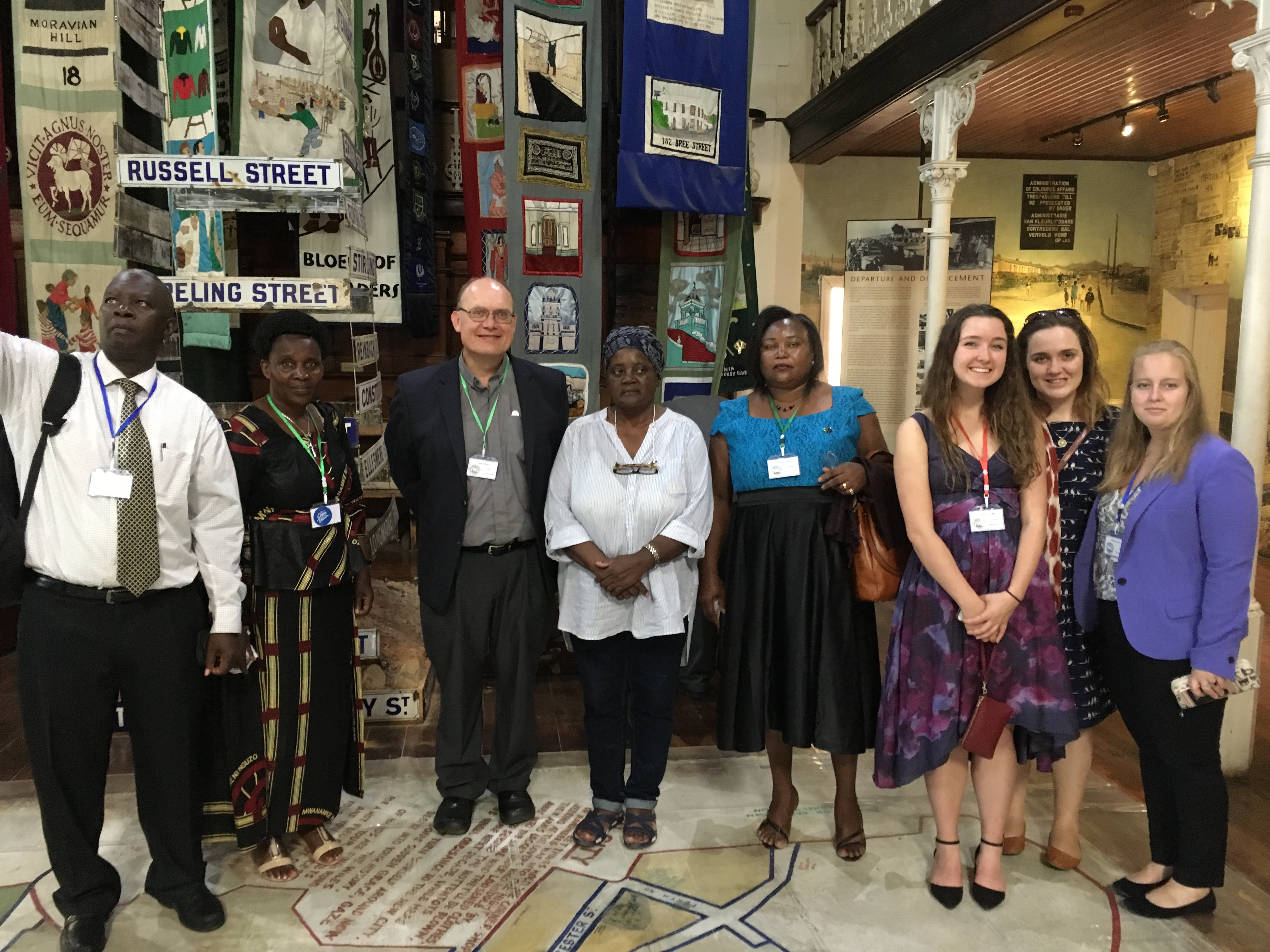 On Sunday the conference journeyed to the Moravian Hill church in District Six. In the 19th century this was a working class community to the south of Table Mountain. People of many ethnic groups lived there together and worshiped in a variety of churches, mosques, and synagogues. The Moravians built a beautiful and had an active ministry, especially among folks who had moved from rural areas to work in Cape Town.
On Sunday the conference journeyed to the Moravian Hill church in District Six. In the 19th century this was a working class community to the south of Table Mountain. People of many ethnic groups lived there together and worshiped in a variety of churches, mosques, and synagogues. The Moravians built a beautiful and had an active ministry, especially among folks who had moved from rural areas to work in Cape Town.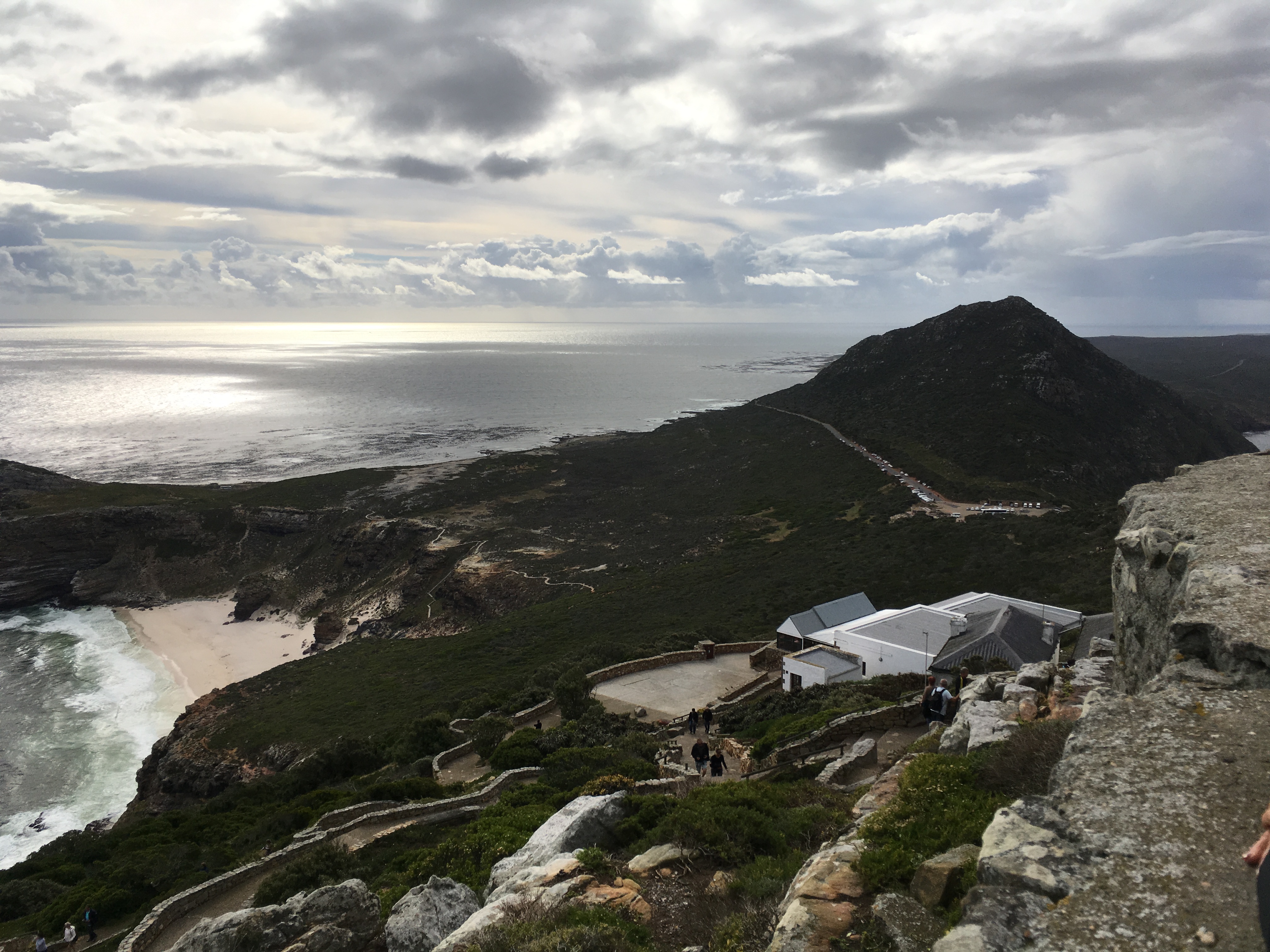
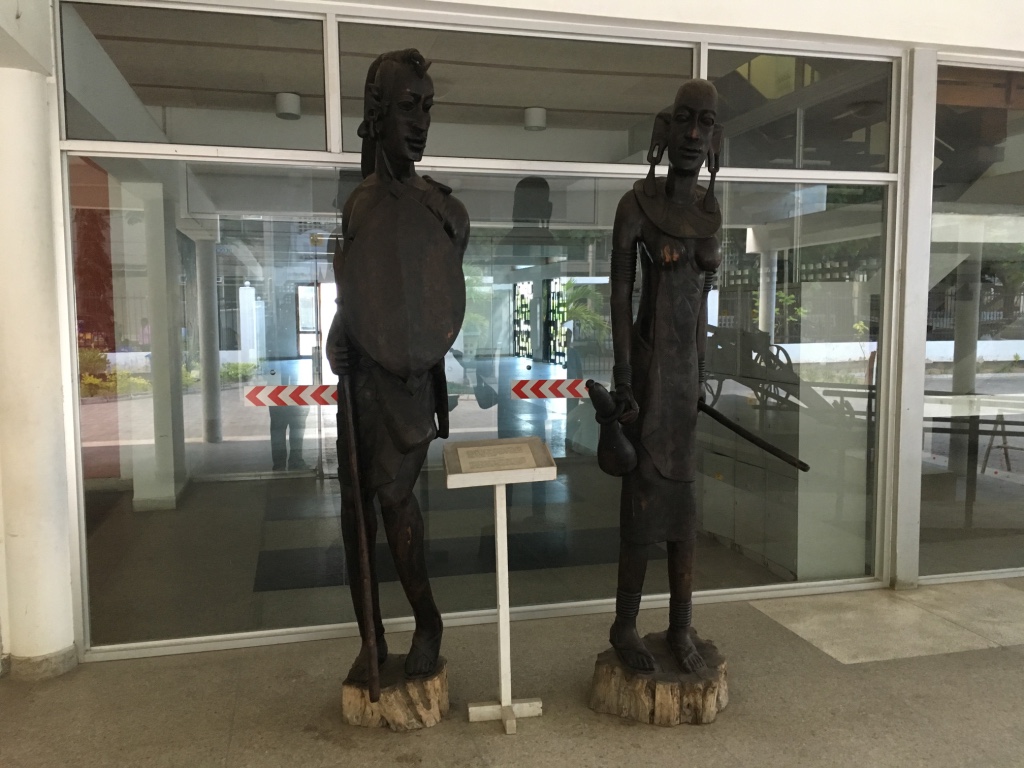 I left Mbeya on the 9 a.m. flight for Dar Es Salaam. The rest of the Moravian faculty were already there. They head for Zanzibar tomorrow, but they let me put my luggage in one of their rooms and three of us spent the day together. Dar Es Salaam is a major, modern city, but it is still distinctly African. We ate lunch in the hotel and then went to the National Museum. It took only an hour to see the exhibits. I think the most fascinating exhibit for me was the history of prehistoric (is that an oxymoron) art in Africa, especially the petroglyphs. It was mainly pictures and interpretative panels, but some of the art was quite extraordinary and very ancient. Humans are artists, and the notion that realistic depiction came with later “civilized” art is disproven by these cave paintings and carvings. The animals looked like they could come off of the wall. They also had artifacts from the 1998 bombing of the US embassy by Al-Qaida. Very disturbing, especially when you consider what came after that nightmare.
I left Mbeya on the 9 a.m. flight for Dar Es Salaam. The rest of the Moravian faculty were already there. They head for Zanzibar tomorrow, but they let me put my luggage in one of their rooms and three of us spent the day together. Dar Es Salaam is a major, modern city, but it is still distinctly African. We ate lunch in the hotel and then went to the National Museum. It took only an hour to see the exhibits. I think the most fascinating exhibit for me was the history of prehistoric (is that an oxymoron) art in Africa, especially the petroglyphs. It was mainly pictures and interpretative panels, but some of the art was quite extraordinary and very ancient. Humans are artists, and the notion that realistic depiction came with later “civilized” art is disproven by these cave paintings and carvings. The animals looked like they could come off of the wall. They also had artifacts from the 1998 bombing of the US embassy by Al-Qaida. Very disturbing, especially when you consider what came after that nightmare.